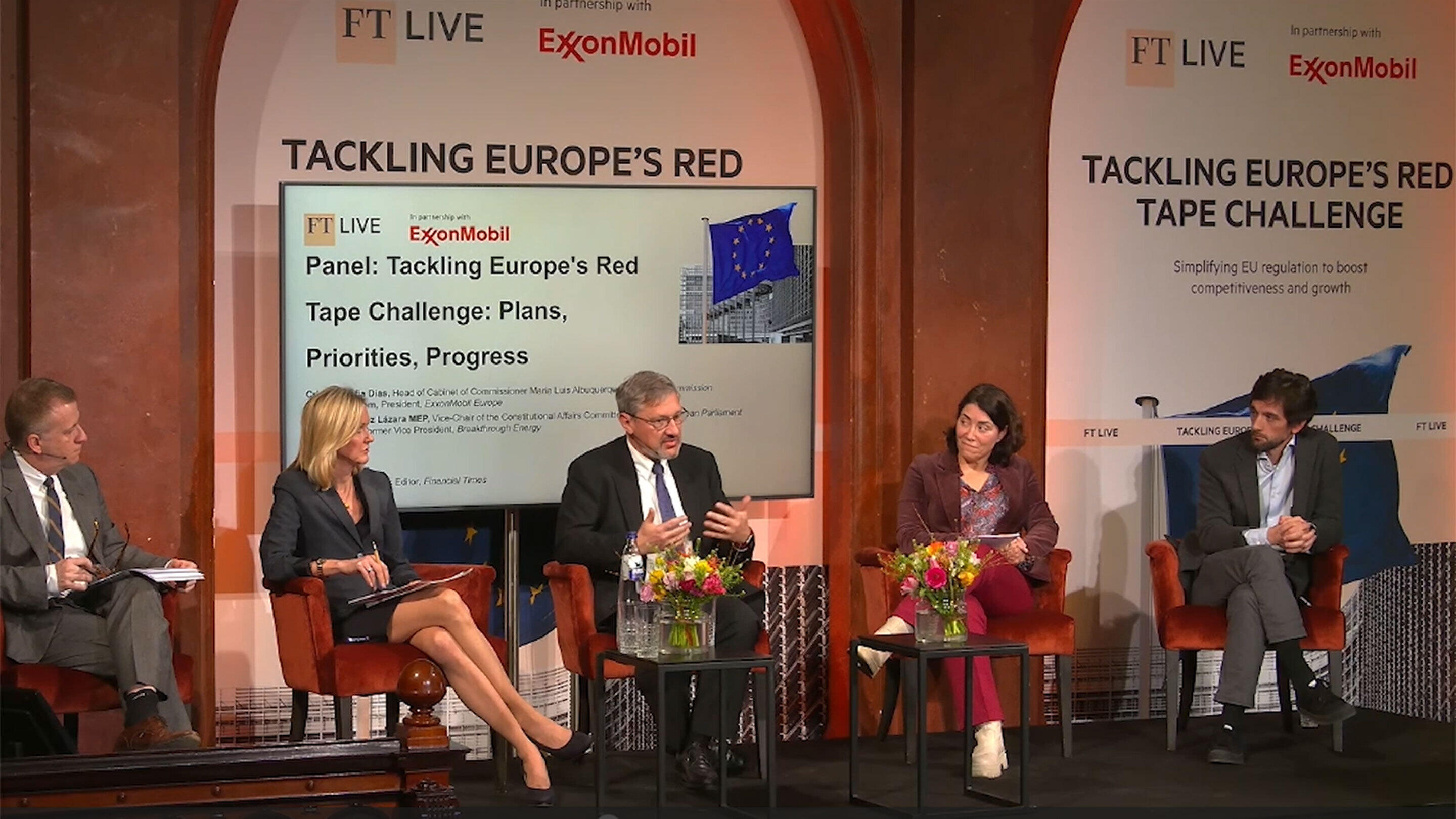selected item
2 min read
• March 18, 2022Can your car run on biofuel? It might do already
2 min read
• March 18, 2022How do you make biofuel?
Some biofuels are made from specially grown crops. In Europe, some of the most commonly used are wheat, maize, sugar beet, rapeseed and soybean – crops chosen for their high natural energy content. However, a downside to growing crops specifically to make biofuel is that it uses up valuable agricultural land, which is needed to grow food.
To tackle this issue, ExxonMobil is working with others to research how to make biofuel that doesn’t compete with food production. One way to approach this is by making cellulosic biofuel, using agricultural residue – like wheat straw. This is complimentary to arable farming, because it makes use of the leftovers from the harvest.
What kind of cars can use biofuels?
When a relatively small amount of bioethanol – a common type of biofuel – is added to unleaded petrol, many cars can use the blend without any engine modifications. All petrol cars manufactured after 2011 can use E10, for example, and in most European countries you’re probably already putting a little biofuel in your car. ‘SP95-E10’ fuel is labelled ‘E10’ because it contains certain components, like bioethanol, at up to 10 percent. E10 fuels are widely available in Europe, including at petrol stations in Germany, Denmark, Hungary, France, The Netherlands, Belgium, the UK and more. E5 is also available in many European countries.
Diesel sold in Europe generally contains up to 7 or 10 percent biodiesel and is labelled ‘B7’ or ‘B10’.
Flex fuel vehicles
Lower-emission fuels
Explore more

Europe’s industrial future is under threat – but policy reform can change that
3 min read
• Nov. 4, 2025
Chemical Recycling

A bone-crushing burden: Darren Woods discusses CSDDD
2 min read
• Oct. 2, 2025
Our business transformation continues with a reorganization of our business in Europe, centralizing the majority of EU employees at key locations
2 min read
• Sept. 30, 2025
Addressing Europe's competitiveness challenge
3 min read
• Sept. 30, 2025
What do students learn from the Sci-Tech Challenge?
2 min read
• Sept. 30, 2025
